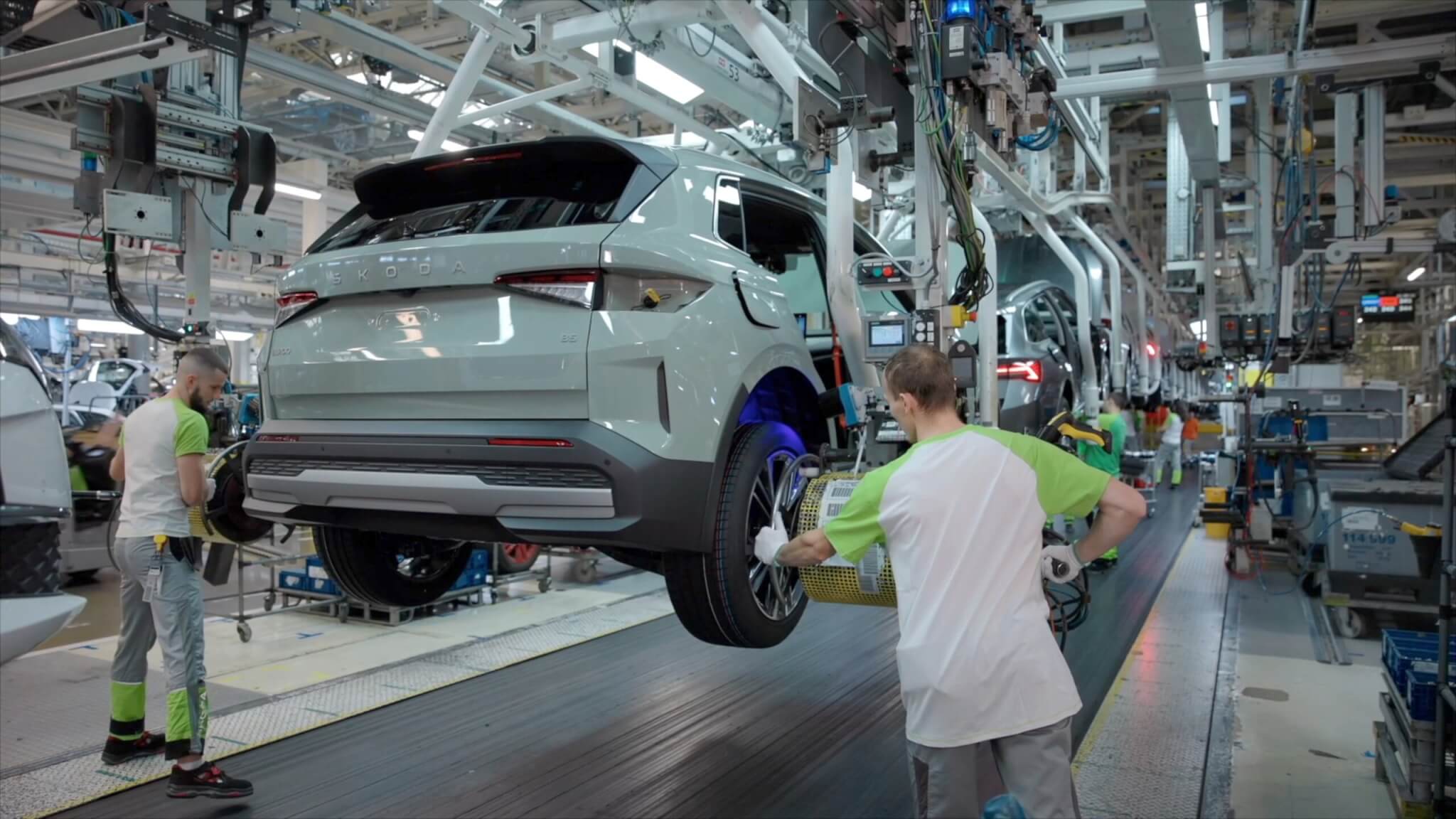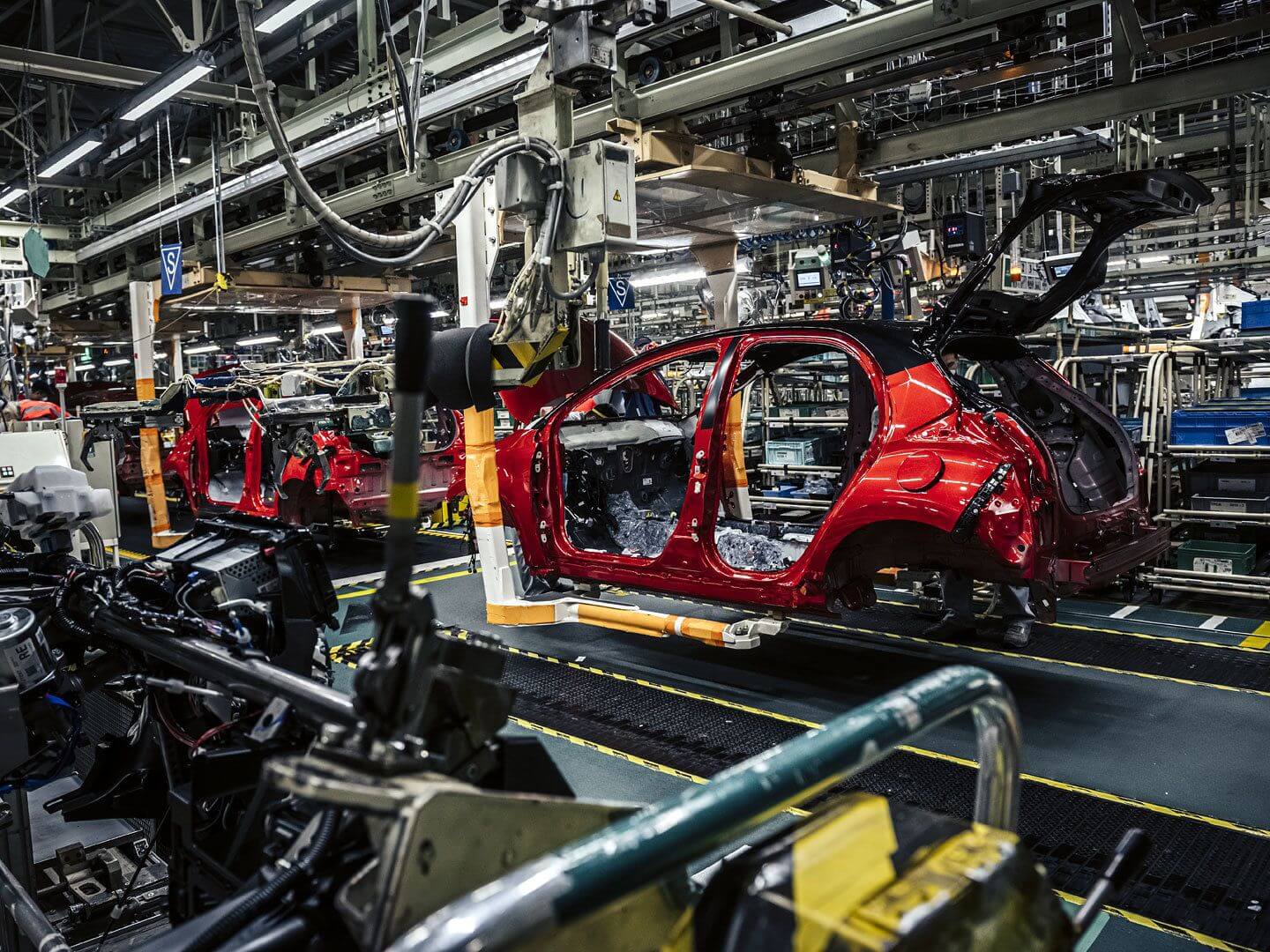On 27 October 2022, the European institutions finally agreed on a proposal that calls for new vehicles to be sold in the EU from 2035 only with zero CO2 emissions. This essentially means that in 2035, the sale of new passenger cars and light commercial vehicles with internal combustion engines using traditional fossil fuels will cease. Although the automotive industry is a major investor in CO2 reduction measures, we consider the target set to be very ambitious. Achieving it without jeopardising the sector’s competitiveness and job losses necessarily depends on a number of conditions being met, whether it is the sufficient development of recharging and refuelling infrastructure, the availability of raw materials or the real applicability of technological neutrality of propulsion, which is not sufficiently developed in the proposal. As things stand, EU citizens, including Czech citizens, will only be able to buy new vehicles with battery or hydrogen propulsion from the middle of the next decade. However, they will still be able to use older vehicles with internal combustion engines and continue to buy such cars on the second-hand market.
“The Czech automotive industry is intensively preparing for the transition to clean mobility. This is evidenced by the fact that around 10% of passenger vehicles are already produced in battery or plug-in hybrid versions. The related investments by companies amount to tens to hundreds of billions of crowns. However, in order to ensure that the transition to clean mobility does not mean a loss of GDP or jobs for the Czech Republic, we need to work with the government on a number of strategic issues to implement this transition, ranging from supporting the change of companies’ production programmes to retraining programmes for thousands of employees.” says Martin Jahn, President of the Association of the Automotive Industry.
The need to accelerate the construction of charging and refuelling infrastructure
To make the above fundamental change in mobility work, i.e. to create an acceptable and affordable low-emission transport option for citizens, we need to fundamentally accelerate the construction of charging and refuelling infrastructure – not only ultra-fast charging on Europe’s main roads (under the Alternative Fuels Infrastructure Regulation, AFIR), but also slow charging, e.g. in garages (under the Energy Performance of Buildings Directive, EPBD), in housing estates in towns and cities. If we look at the predictions of the development of low emission vehicle registrations and compare them with the reality and the plans for the development of charging and refuelling infrastructure according to the above proposals, it is clear that the current infrastructure development is insufficient and unless the pace is significantly accelerated, it is the infrastructure that will be a major obstacle for low emission mobility to be positively accepted by citizens and companies. We therefore call for the above proposals to be treated as a whole, as one without the other will not work.
A broader perspective is needed with regard to EURO 7/VII
The Association of the Automotive Industry also points out that the tightening of CO2 emissions needs to be seen in a broader perspective, especially with regard to the forthcoming new EURO 7/VII emission standards. The European Commission is due to publish the final form of these standards in the first half of November. If this standard were to go through in the form of some of the proposals already published, it would put at risk the production of a whole range of particularly cheaper models of internal combustion engine vehicles before 2035. The result would be a significant reduction in supply for consumers and in production options for manufacturers, slowing down the renewal of the European fleet, with the consequence of increasing its age and worsening the environment and road safety.
In this context, it should be stressed that the stringent EURO 7/VII standard may have an even more serious impact in the heavy goods vehicle and coach segment. Here, there is great concern about how the eventual form of the Euro 7/VII standard will be reflected in the CO2 targets to be presented by the Commission in January 2023. Bringing the end of registrations of these vehicles closer to the 2040 date under discussion would not only be devastating for this part of the automotive industry, but would also have a significant negative impact on the logistics chains that necessarily use these transports, especially as the recharging infrastructure for heavy goods vehicles is still virtually non-existent and the available drive technologies do not yet offer a solution to all the needs of transporters.
ZLEV and synthetic fuels
In the trialogues, we looked in particular at whether the so-called ZLEV mechanism would be maintained. This would allow manufacturers to slightly reduce their specific emission targets between 2025 and 2030, provided that they produce a specified number of zero-emission vehicles in a given year. We appreciate the Czech Presidency for negotiating a compromise in this case, even though the requirements for the share of rechargeable vehicles are considerable. Similarly, we view positively the possibility of maintaining the production of internal combustion engines beyond 2035, provided that they can burn synthetic rather than fossil fuels, although additional legislative clarification will be needed in the near future so that manufacturers can realistically prepare for this possibility. We believe that this is important at least with regard to the continuation of research and development of internal combustion engines in the EU.
A clear declaration of the objectives of the Paris Climate Agreement
The European automotive industry has clearly declared that it is ready to contribute to the common goals of the Paris Climate Agreement to be a carbon neutral continent in 2050. Hundreds of billions of euros are being invested by domestic vehicle manufacturers and suppliers in the development of clean mobility. But the transition to clean mobility depends heavily on a number of factors that are not just in the hands of the car industry. Government representatives, energy distributors and developers will therefore also have to do their part.
In conclusion, it should be mentioned that the proposed format is a compromise that gives the automotive industry and the Member States enough time to gradually meet the tightening criteria by 2035. There also remains a review clause in the regulation which will assess the success or otherwise of the regulation in 2026.
Contact
Next press
Lower quarterly production, record month for EV production
In the first quarter, a total of 372,334 road vehicles were produced by domestic automotive companies, down 7% year-on-year. The largest part of the production was passenger cars, which rolled off the production lines at 366,510 units, followed by 1,321 buses, 277 trucks, 169 motorcy








